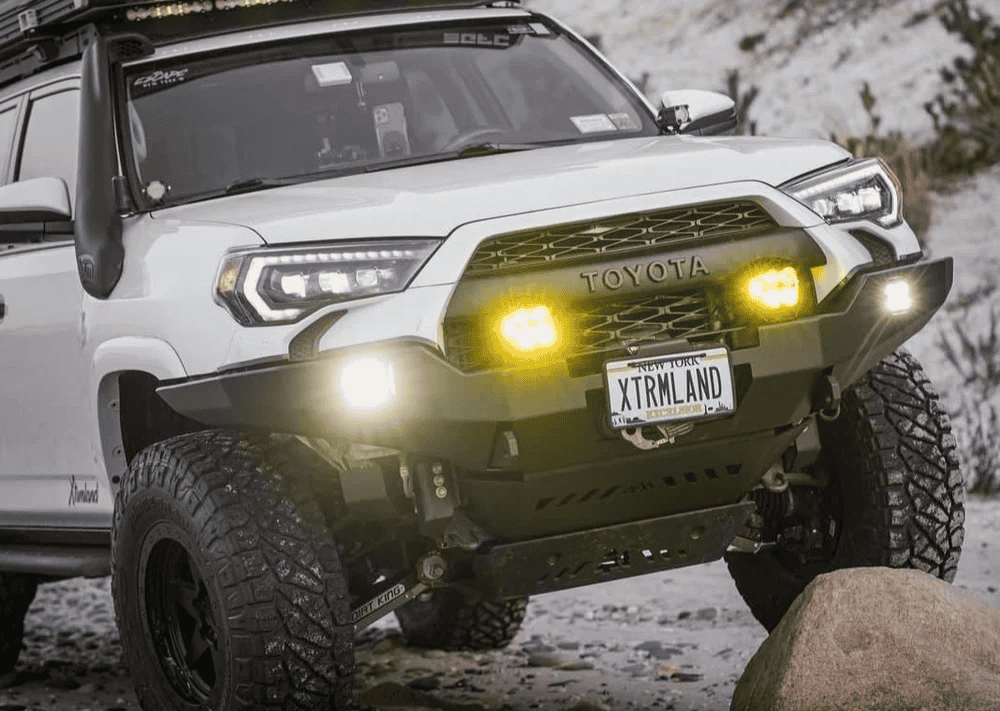Overland Vehicles

Every successful scientific expedition vehicle begins with a mission brief. Start by listing the research goals, instrumentation, number of passengers, and expected duty cycle. Clarify the environment you will face, from coastal mist to desert heat to alpine cold. Estimate distance from grid power, resupply intervals, and communications windows.
Choose a platform that matches the mission rather than forcing the mission to fit a platform. Field teams often consider tall roof vans for secure interior work zones and protected bench space, while chassis cabs and trucks shine when heavy external payloads or high clearance are critical. Balance wheelbase and turning radius with interior volume, and ensure the gross vehicle weight rating leaves headroom for water, power systems, samples, and personal gear.
Calculate a real payload budget. Add the mass of batteries, inverters, instruments, mounts, water, fuel, samples, and spares, then include people and seasonal clothing. Keep at least a ten to fifteen percent margin under the rating to preserve braking and handling. Wheelbase affects stability and interior layout, while overhang influences departure angles on rough tracks.
Terrain dictates drivetrain. All wheel drive and four wheel drive increase reach, but tire selection and suspension tuning matter as much. Choose all terrain tires sized for load and sidewall strength. Consider limited slip options, traction control strategies, and recovery points. A conservative approach to approach and departure angles, plus underbody protection, safeguards critical components in the field.
A scientific build lives or dies by its energy plan. First, list every instrument, refrigerator or freezer, lighting circuit, laptop, and network device with average and peak draw. Convert that into daily watt hours and design battery capacity to cover at least one to two days without charging. Lithium iron phosphate is popular for durability, cycle life, and stable performance. Inverters should provide clean sine wave power sized for simultaneous device use plus headroom.
Solar is predictable when arrays are mounted with minimal shading and wired to a quality charge controller. Add secondary charging from a high output alternator or a dedicated generator when power density demands it. Climate control matters both for people and for instruments. Insulate strategically, manage ventilation for moisture and chemical vapor, and use ducted air movement to keep temperature sensitive gear within spec.
Segment circuits by priority. Critical loads like sample cold storage and core instruments should live on protected, fused circuits with battery monitoring and alarms. Non critical loads can be shed automatically as reserves drop. Use proper cable sizing, strain relief, and labeled distribution. Plan for serviceability with access panels and clear schematics that travel with the vehicle.
Field data needs reliable flow. A layered network that blends cellular, satellite, and local mesh improves reach. Antennas should be mounted with clear sky view and separated to reduce interference. Use rugged routers, power conditioning, and surge protection. Local network attached storage with automated backups protects datasets when upload windows are tight. For teams that require satellite internet, professional integration and mounting are essential for uptime.
For overland ready platforms designed for remote research, see overland rigs at OZK Customs. Purpose built layouts and field power expertise keep projects moving when the grid fades away.
Inside the vehicle, treat workspace as part lab, part logistics hub. Flat, wipeable bench surfaces with integrated tie downs stabilize instruments in transit. Modular storage with foam cutouts protects sensors and optics. Vertical space above wheel wells can house drawers for sample kits. A small hand wash station and eye wash bottle can add meaningful safety.
Define a clean zone for sample handling, separated from wet gear and fuel. Use red light options for night work, and dimmable task lighting to reduce eye strain. Safety includes well placed fire suppression, first aid, and positive ventilation when handling solvents or preservatives. Fit anchor points and cargo management to prevent movement during braking or on corrugations.
Consider exterior workflow too. An awning can create a shaded staging area. Side mounted tables support quick instrument access. If field sites require night approaches, scene lighting with precise beam control maintains visibility without blinding the team.
Complex scientific layouts benefit from a professional upfit. Explore the custom overland upfit process for power, storage, and communications integration that respects research priorities and safety protocols.
The last step is validation. Conduct a shakedown with full payload, running every instrument at expected duty cycle. Log power draw and temperatures, confirm data links, and adjust storage for smoother workflow. Refine ergonomics so the team can move safely even in gloves or rain gear. Document maintenance intervals for filters, batteries, and mounts, and create a pre trip checklist that lives in the cab.
If you want a build partner who listens first and designs second, learn more at why choose OZK Customs. Our team in Fayetteville Arkansas designs research ready vans and overland rigs with disciplined power systems, clean work zones, and dependable connectivity so your project stays on schedule.
Bring your research to the road. Share your mission profile, instruments, and team size, and we will map a practical layout, power plan, and integration path that supports sample integrity and data quality from briefing to retrieval.
At OZK Customs, we build complete custom vans and overland rigs for field teams, commercial operators, and adventure clients. Our services include full platform builds, partial upfits, communications integration, lighting, racks, and custom fabrication to support real world missions.
Bring your research to the road with a purpose built platform. Share your mission profile and must have equipment, and our team will design and upfit a field ready vehicle that protects your data, powers your instruments, and supports safe operations from kickoff to retrieval. Start your build plan today.
ADDRESS:
6159 E Huntsville Rd, Fayetteville, AR 72701
PHONE:
(479) 326-9200
EMAIL:
info@ozkvans.com